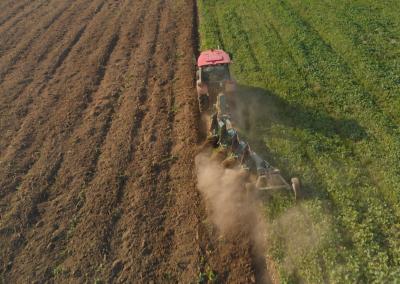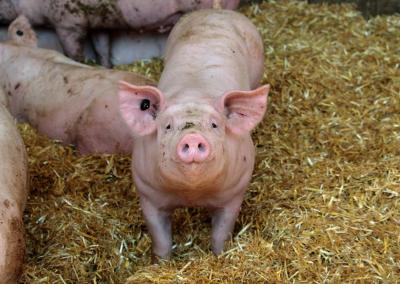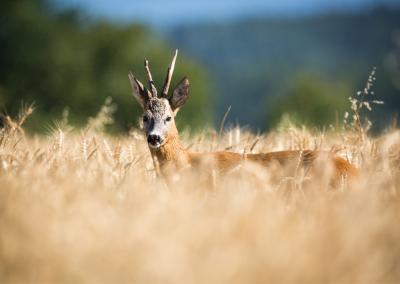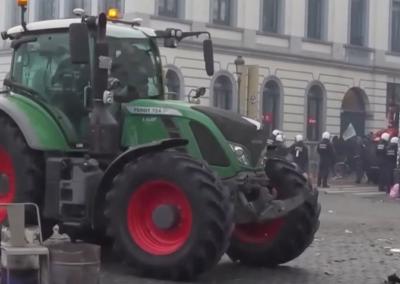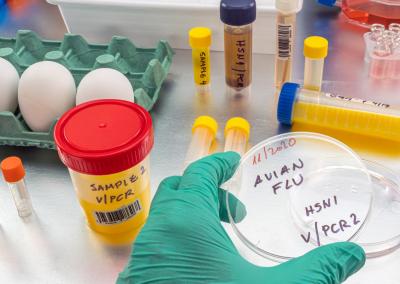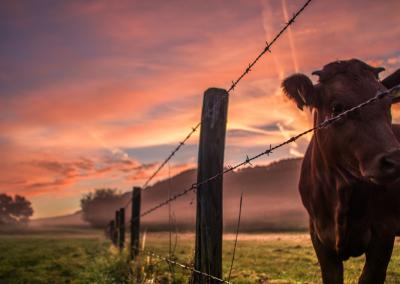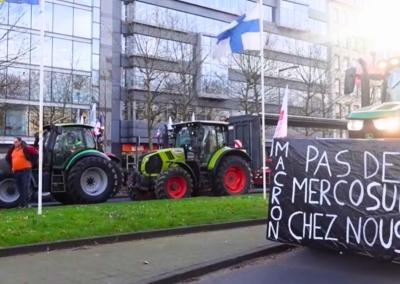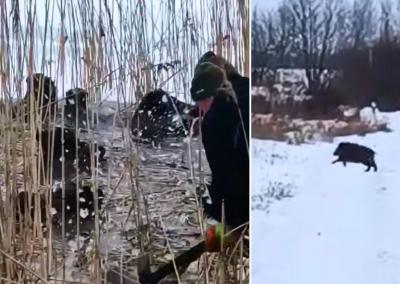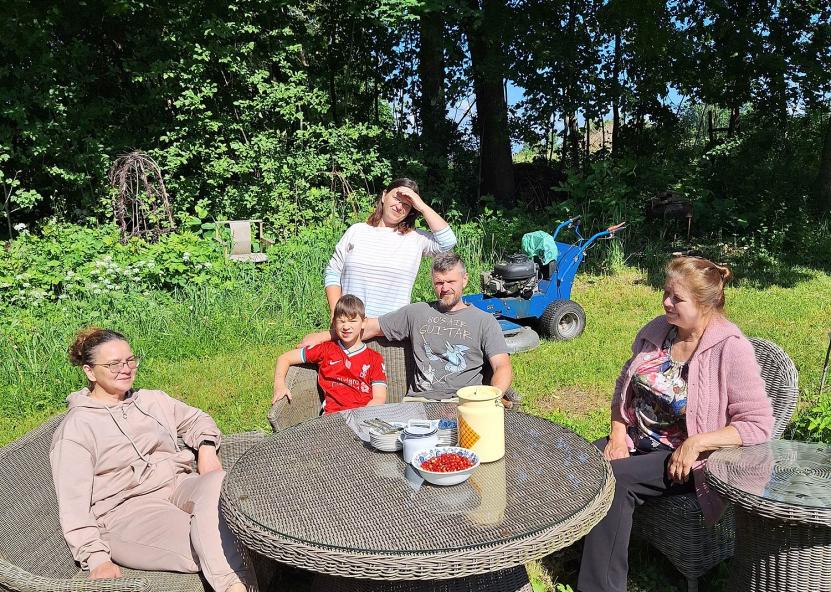Dairy sheep. Is it viable?
Sheep breeding was not developed in Lithuania during the Soviet era, with large cattle being more common. Since the restoration of independence, sheep farming has developed quite rapidly in the country, as can be seen from the statistics. Before independence, there were just over 11 000 sheep in the country, but by 2018 there were already 170 000, and now there are 155 000 and 9 000 producers. On average, there are 17 sheep per ewe. It is hard to believe now that up to 1.5 million sheep were kept in Lithuania between the wars. There are about 600 breeds in the world, 37 breeds of sheep are kept in Lithuania, the smallest breed in the world is the Queensland sheep, weighing up to 15 kg. I recently saw this breed during a trip to Kaunas Zoo. Sheep farming is hampered by falling meat prices, wool sales are struggling, and the increase in wolves is also not encouraging people to take up the sheep farming business.
I would like to introduce readers to dairy sheep, which are slowly gaining momentum in our country. Dairy sheep are more common in southern countries with a dry climate, where conditions are unfavourable for raising not only large cattle, but in many cases even goats. There are about 1 billion dairy sheep in the world, producing 9 million tonnes of milk. There are many breeds of dairy sheep, but the most common in our country are the German Ostfriesian dairy sheep. In 1992, 30 of these sheep were brought to Lithuania from Germany for the first time, and were later brought to the Šeduva breeding farm and to Milišiūnai in Biržai. I remember when, around 2000, Indrė Gruodienė, the chairwoman of the District Farmers' Union, invited Kristina Milišiūnienė and us farmers to a lecture on the breeding of Ostfriesian dairy sheep. Regina Glebavičienė from the village of Vėlūnai in Rimšė municipality was probably the first in our district to breed dairy sheep. As far as I know, she no longer breeds these sheep. There are now a couple of other farmers in the district who raise dairy sheep and even make cheese.
I recently became acquainted with dairy sheep during a visit to Kristina and Linas Rutkūnas, who are farmers in the village of Pažemiškės, in a former school building (Dūkšto sen.). It is true that the dairy sheep farm here is, if one could call it that, quite small. There are three Ostfriesian ewes, bought last year, and a few Suffolk meat sheep. It was the first time my wife and I had sheep's milk, and my wife particularly liked it. For me, anything that is unconventional I can try, but my wife, for example, does not even like goat's milk. The hosts served fresh strawberries with sheep's milk, which is something I've never tried before either.


